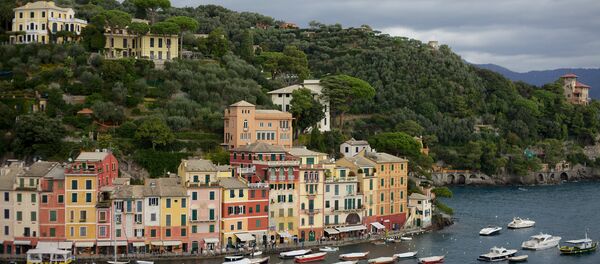While the tourist industry in some countries has suffered recently, Italy is seen by foreign tourists as a safe destination, and many Italians have also decided to stay at home rather than travel to foreign climes.
According to La Stampa, Venice has seen a five percent annual increase in visitors this year. In Florence there are 5.6 percent more tourists, in Capri nine percent, and in Liguria's Cinque Terre there has been a whopping 20 percent increase in the number of tourists, compared to last year.
As a result, tourist resorts are trying to strike a balance between welcoming their guests with open arms, and ensuring everybody safely gets to enjoy the sights.
At the archaeological site of Pompeii, near the Bay of Naples, tourists are limited to 15 intervals of admission on Sundays.
Tours to see The Last Supper by Leonardo da Vinci at the Milan Museum are limited to 24 people per visit, every 15 minutes. At Rome's Colosseum, there can be no more than 3,000 visitors at a time.
"The relationship between visitors and residents is in danger of becoming confrontational," said Luigi Brugnaro, the mayor of Venice.
Evelina Christillin, President of ENIT, Italy's National Tourism Agency, told La Stampa that the authorities need to coordinate their activities, to keep everybody happy.
"It would be bad to reject a visitor in front of a bar and say, 'we are full,'" Christillin said, who proposes informing prospective tourists on the internet, before they book their trip, how many visitors have already booked to go to a particular location.
"They will understand that there are already too many people to enjoy the beauty of this place, that the facilities will be overcrowded, that it will be hard to find a place to eat, or stay the night."
Emanuele Moggia, mayor of Monterosso, in Liguria, said that tourist quotas are just common sense.
"The problem is that it is impossible for them to all come to old fishing villages, without a redistribution of visitors," Moggia said.




